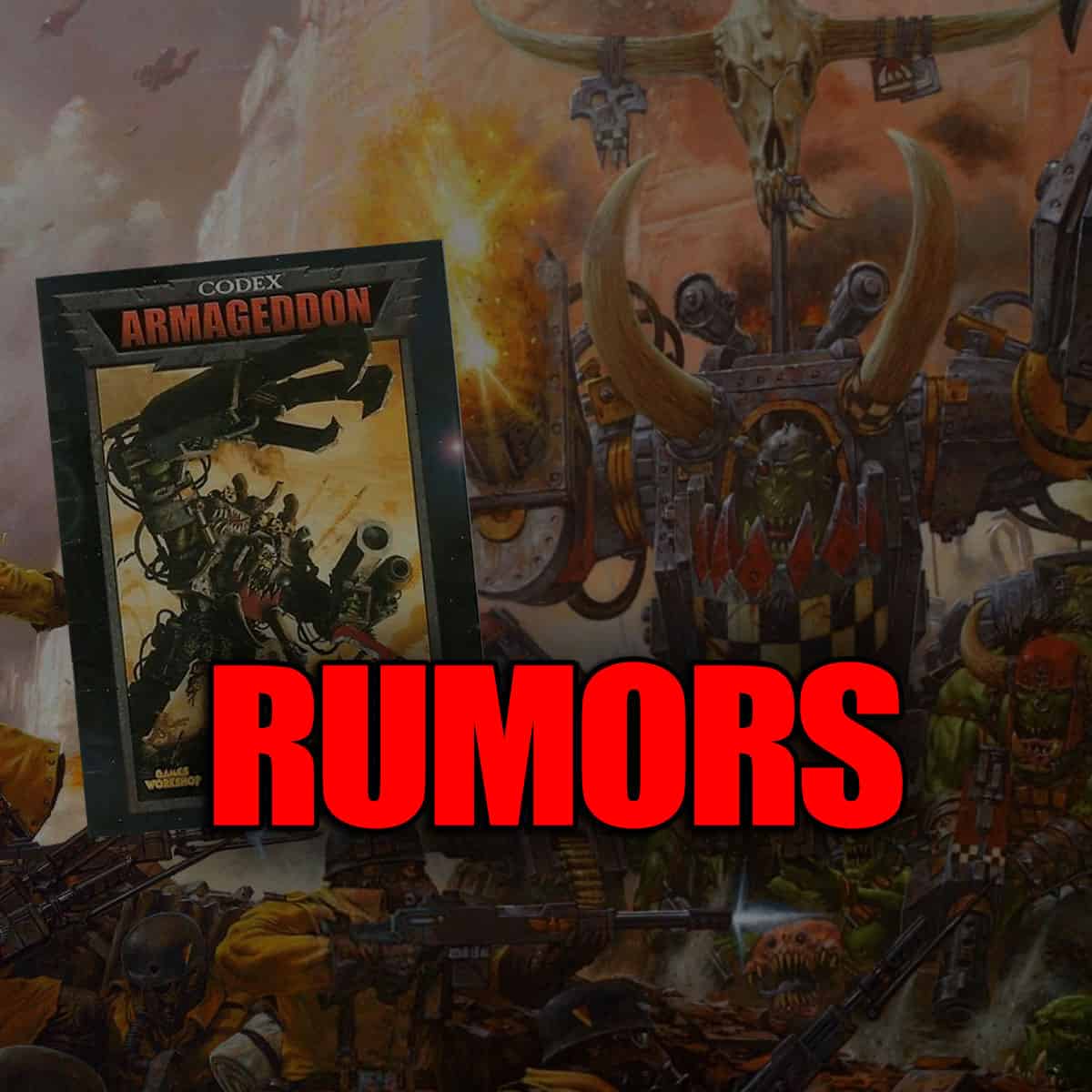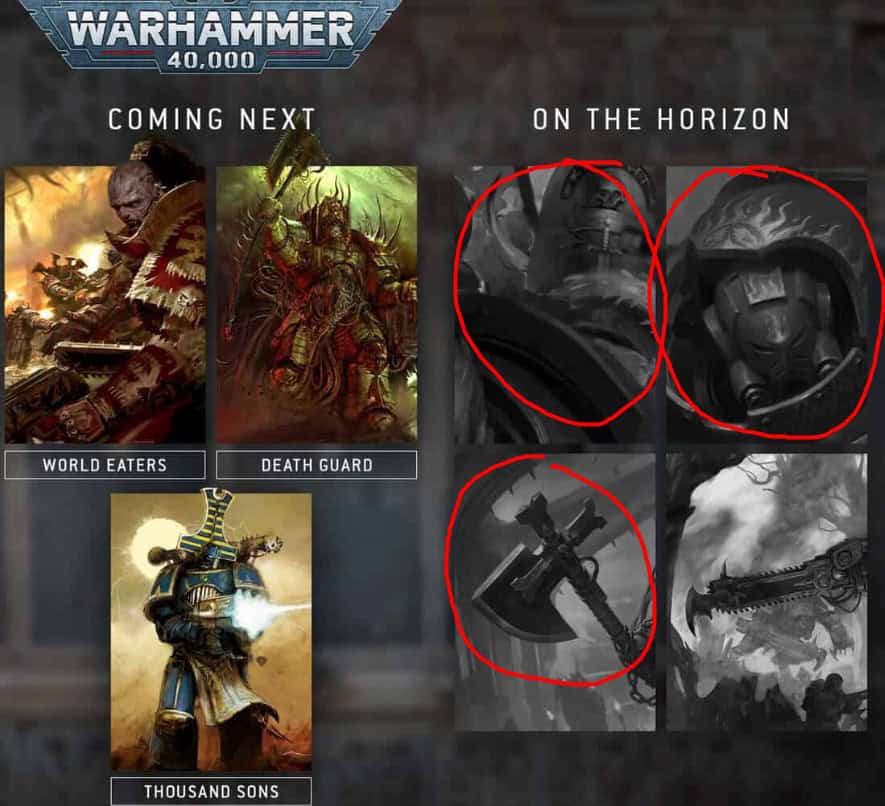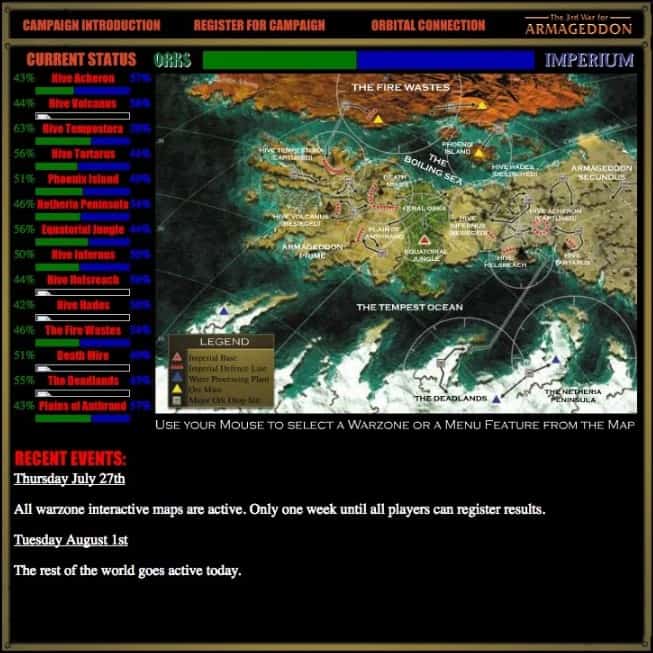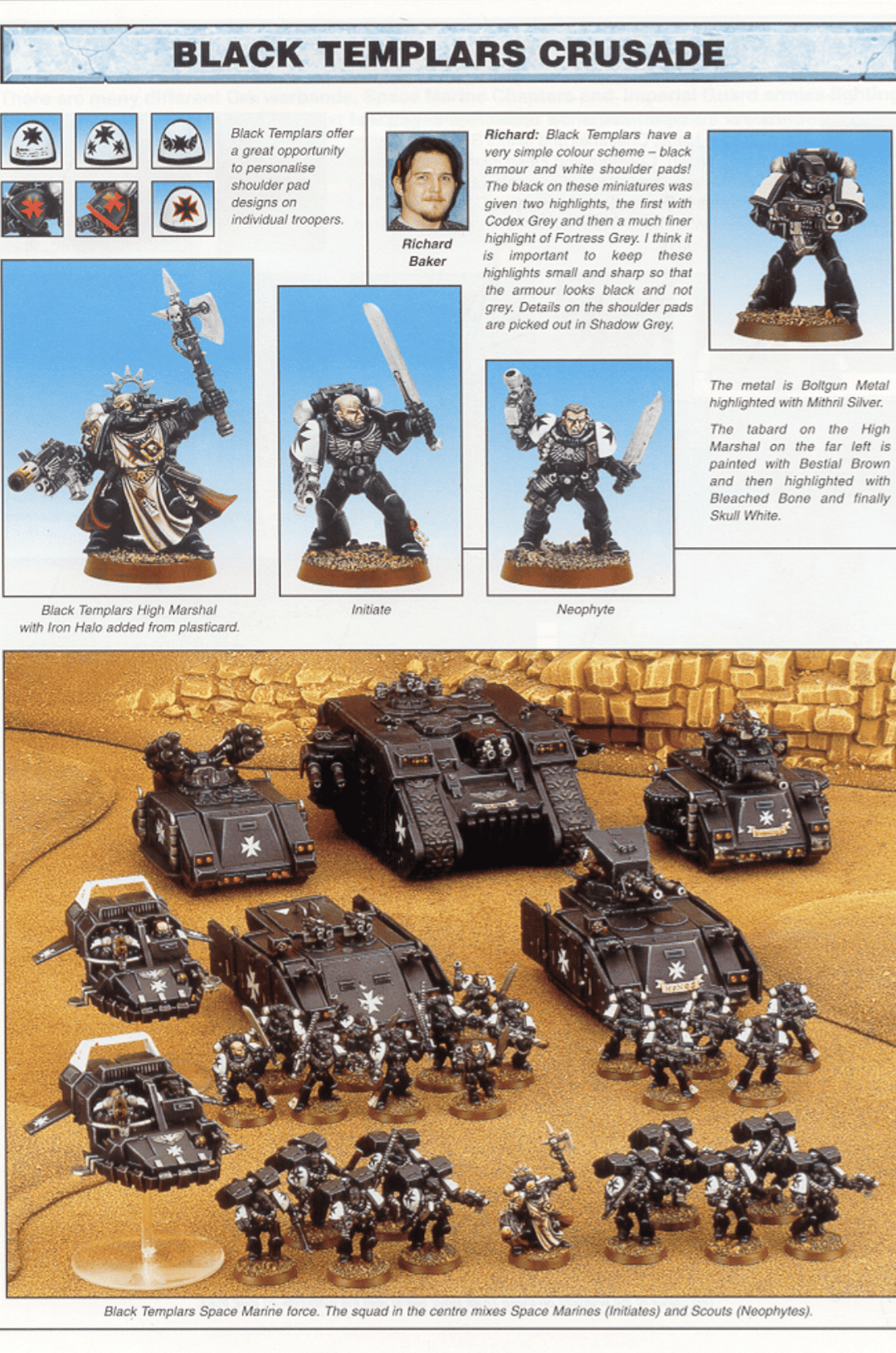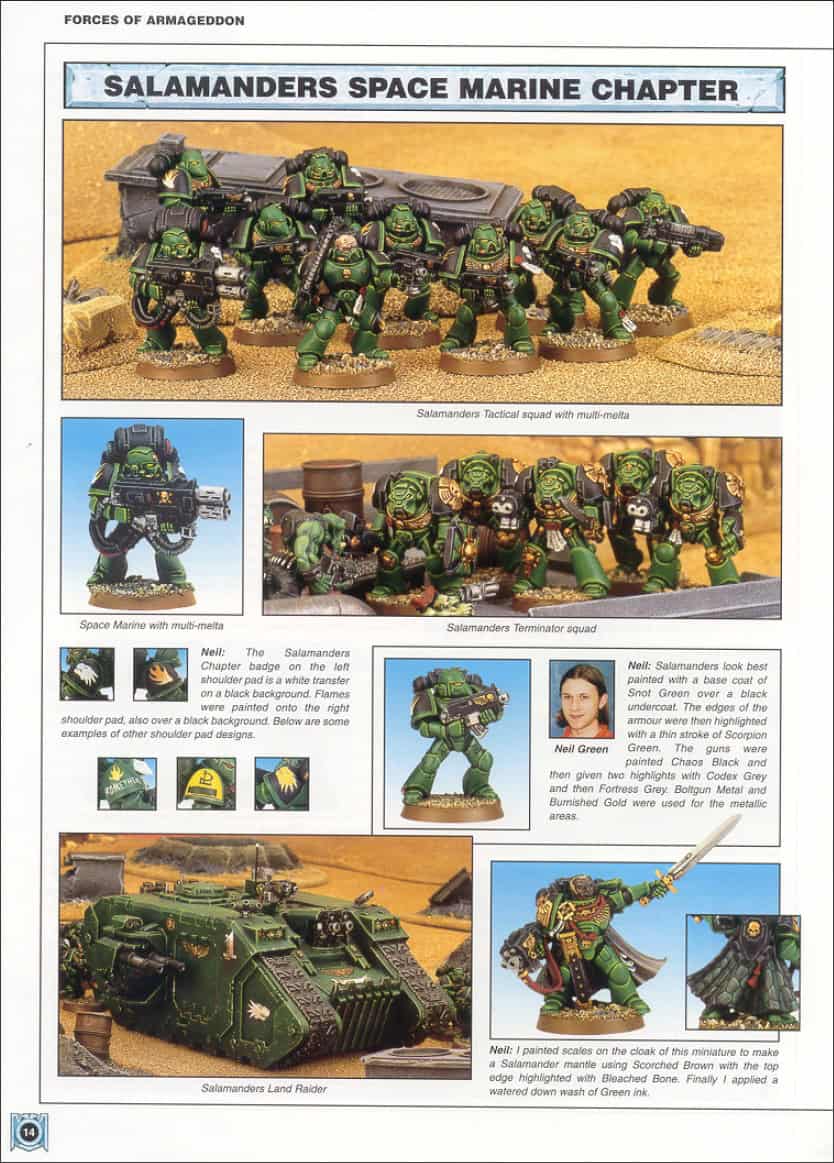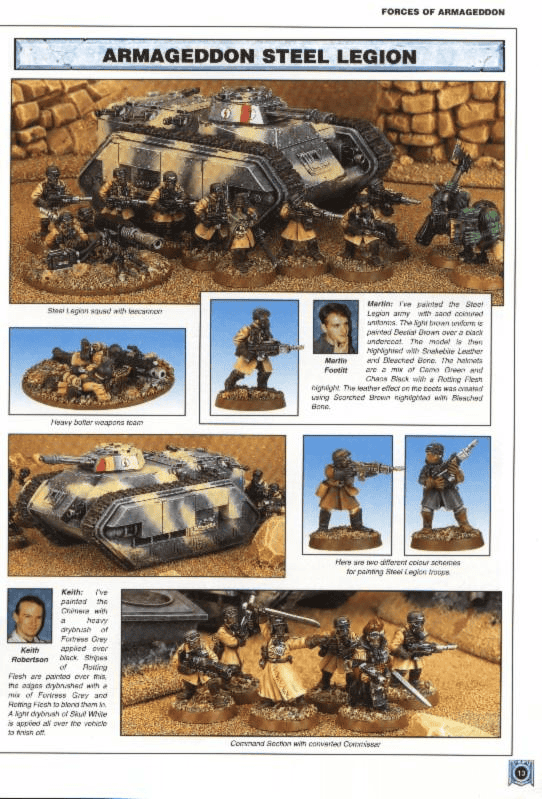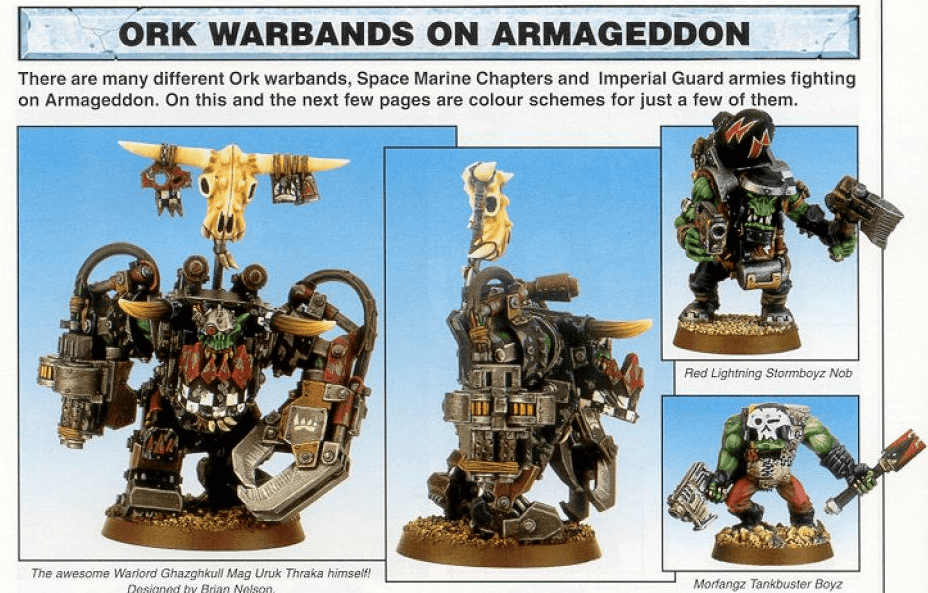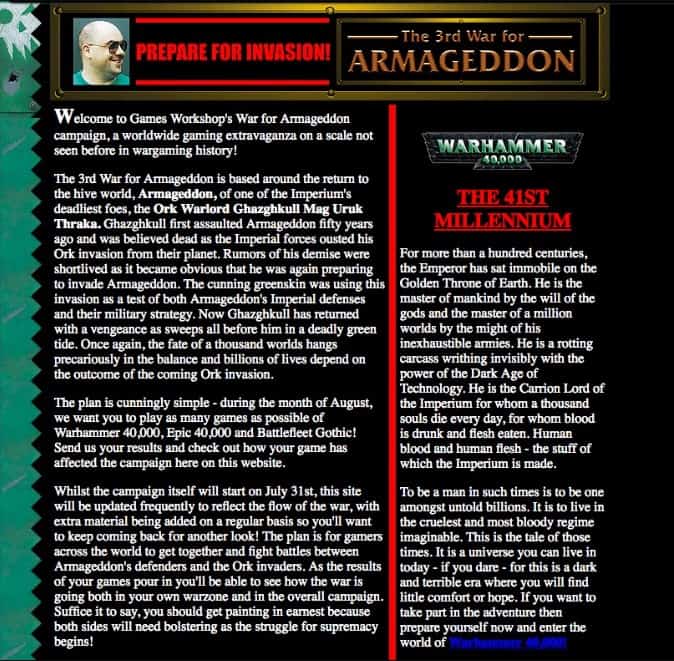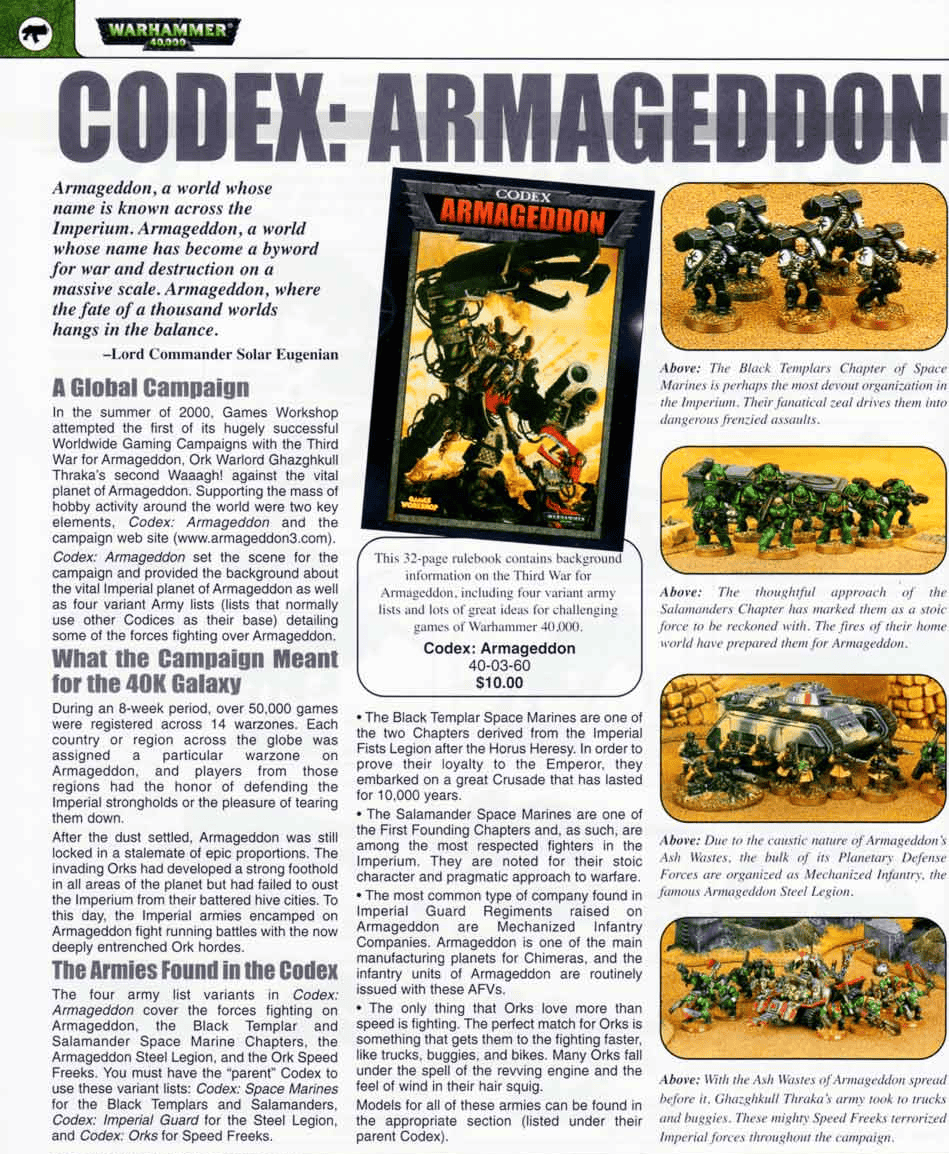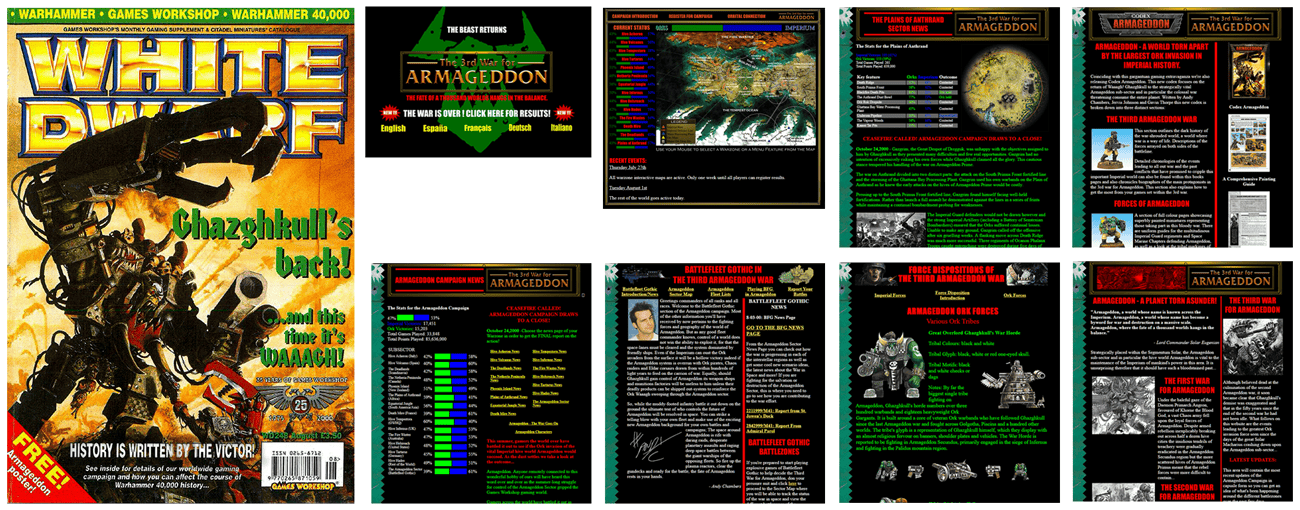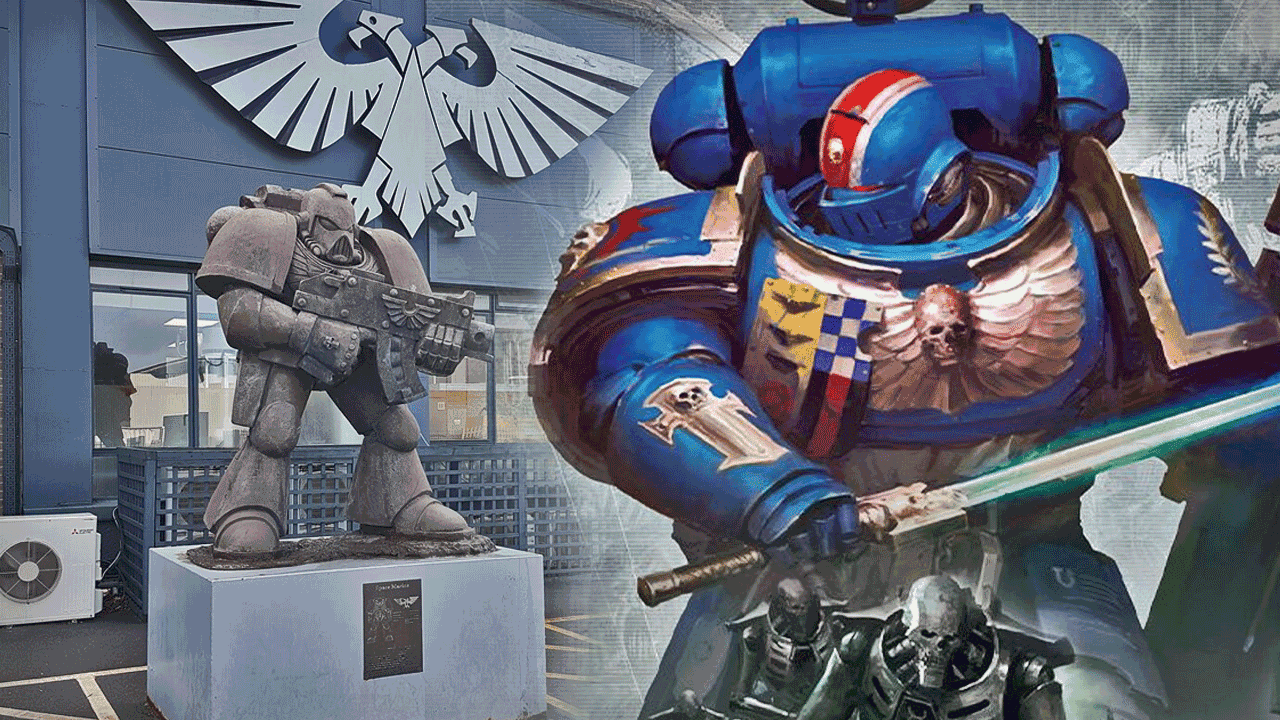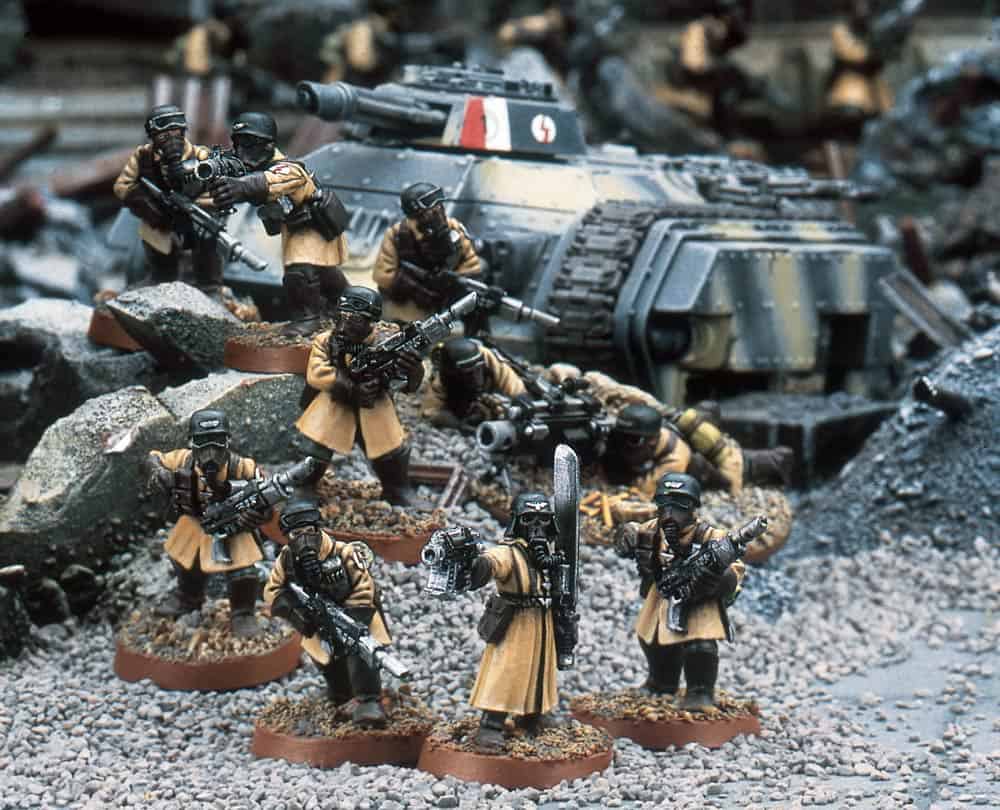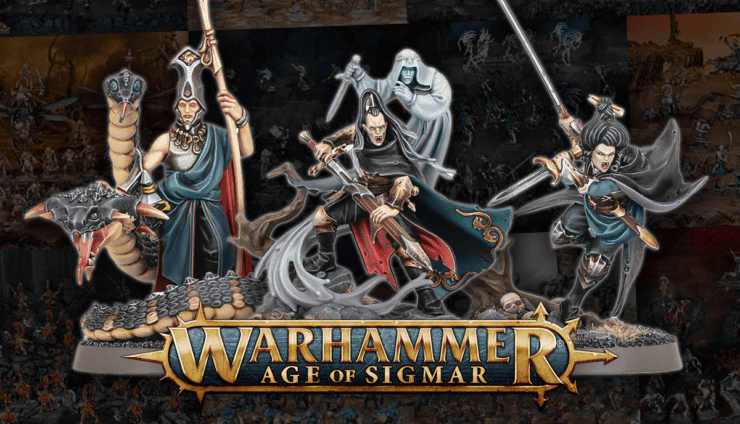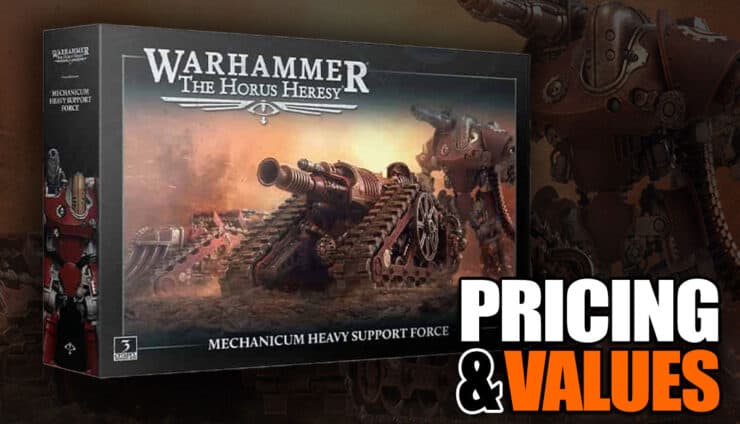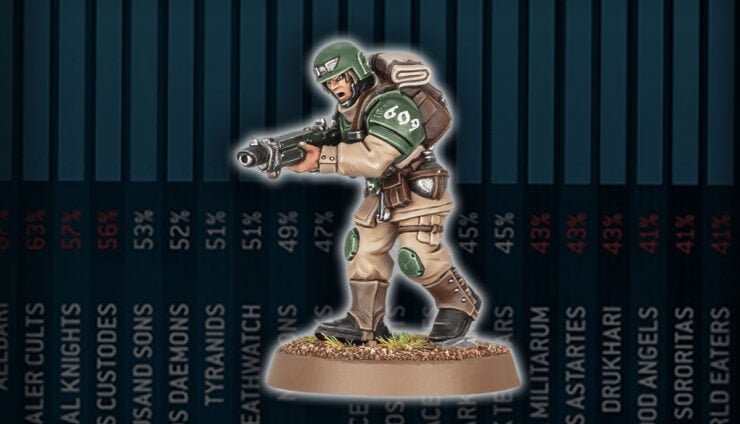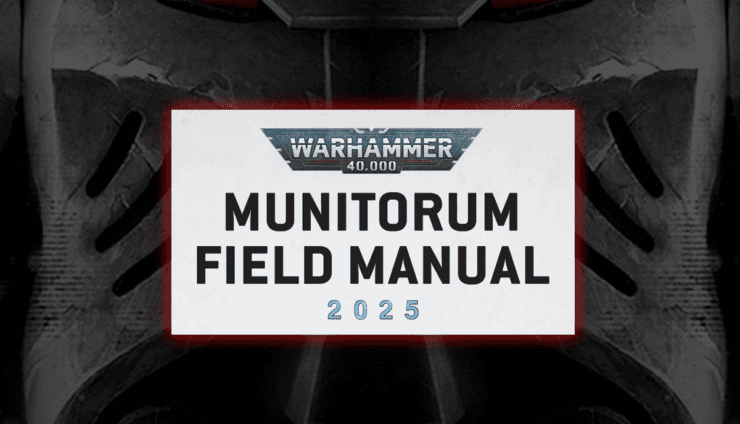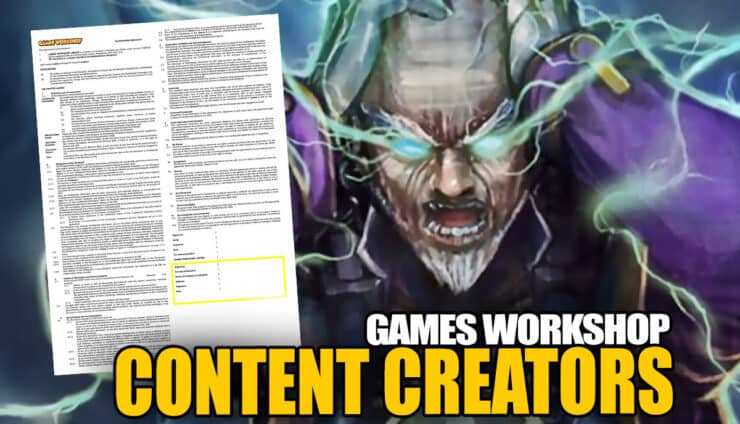With a little luck, Games Workshop could bring back something like the legendary 40k Armageddon campaign for the 25th anniversary, see why it makes sense, what could return, and why it matters!
It’s been nearly 25 years since the Third War for Armageddon set the Warhammer 40k community on fire. A global campaign, a groundbreaking codex, and a lineup of models that changed the game for 3rd edition and every edition since!
Those were good times. Now, with rumors swirling about Games Workshop and the next Space Marine Chapters on the horizon, it’s hard not to get excited about the prospect of a return to Armageddon.
Would it make sense? Absolutely. Would it be a logistical challenge? Oh, without a doubt. But would it be worth it? If history tells us anything, the answer is yes. Let’s take a look at why this could be the perfect way to close out 10th Edition—and what GW might have up its sleeve for ringing in 11th Edition in 2026.
Why Armageddon Could Make a Comeback in 40k

Then there’s the Codex roadmap. We already know that Black Templars, Salamanders, and Grey Knights are “on the horizon,” and all three have had various involvements with Armageddon—just ask Logan Grimnar about the Grey Knights part (they are rumored this year too.)
Furthermore, the Imperial Guard just got their codex, too, (with DKoK instead of Steel Legion), but that still lines up perfectly with the factions that fought during the Second War for Armageddon. Plus, if you throw in Dante and the recently rebooted Blood Angels, you get a perfect match to the Third War for Armageddon lineup, too!
Throw in some Ork madness (since rumors suggest they’ll be major players in 11th Edition), and suddenly, all the pieces start clicking into place. Now, the big question is if GW can pull off something of this scale with all the other issues they’ve been having lately. That’s where things get tricky.
Looking Back at the Original Campaign—When 40K Went Full-Throttle
For those who weren’t around in the early 2000s, Codex: Armageddon was the moment when Warhammer 40k didn’t just tell you a story—it made you part of it. This wasn’t just another supplement with a few extra pages of lore and some new datasheets. This was a global, player-driven war where your tabletop battles actually counted for something.
And, oh boy, did it change the game.
Codex: Armageddon—More Than Just Another Rulebook

Black Templars went from being “just another Space Marine chapter” to an unstoppable, chainmail-wearing, sword-swinging, Emperor-obsessed zealot war machine. They got their own unique rules, a new playstyle, and a reputation for never backing down from a fight—something that still defines them today.
Salamanders leaned hard into their slow-but-resilient identity, reinforcing their status as expert craftsmen with master-crafted weapons and flame-wielding fury. They weren’t about speed—they were about durability, firepower, and wrecking anyone foolish enough to stand in their way.
Steel Legion became the poster boys for mechanized infantry, embodying the Imperial Guard’s steel-hearted, tank-riding, gun-blazing approach to warfare. If you loved the idea of rolling up with an entire army of Chimera-mounted guardsmen, this was your moment.
Orks? Oh, Orks took center stage in the most gloriously violent way possible. Ghazghkull Thraka was back with his biggest WAAAGH! yet, with him came the rise of Speed Freeks (okay, fine cult of speed is what they called it back then), warlike-heavy lists, and specialized Ork factions that cranked up the faction’s personality to eleven.
It wasn’t just about balance tweaks or minor changes—this book fundamentally altered how these armies played and felt on the battlefield.
The Global Campaign—Where Every Battle Mattered
Now, let’s talk about the real meat of this whole event—the global campaign. This wasn’t some “write-your-own-headcanon” situation. This was Games Workshop running a worldwide war, where players submitted battle results that actually influenced the outcome.
Every game played, every skirmish, and every major victory was recorded, shaping the narrative as the war raged on. And the community ate it up.
- White Dwarf was stacked with battle reports, faction spotlights, and live updates on how the war was unfolding. Players would open each issue like it was a breaking news report, waiting to see which side was gaining ground.
- The GW website (which, back then, felt like cutting-edge technology) had a live-tracking system where players could see which factions were winning in different theaters of war.
Miniatures, Models, and Madness
Of course, no campaign is complete without some shiny new plastic, and Armageddon did not disappoint.
- Black Templars got their first real set of models that distinguished them from standard Space Marines—chainsword-wielding maniacs in tabards and gothic armor, ready to purge anything that wasn’t praying to the Emperor.
- Salamanders saw model updates that reinforced their tough, flame-heavy aesthetic.
- Steel Legion miniatures became a hot commodity, with their WWII-style gas masks, trench coats, and mechanized warfare vibes making them one of the coolest Imperial Guard regiments to hit the tabletop.
- Orks went wild with Speed Freeks and new vehicles that let them tear across the battlefield in proper Mad Max-style mayhem.
How This Could Work for 10th Edition 40k’s Finale
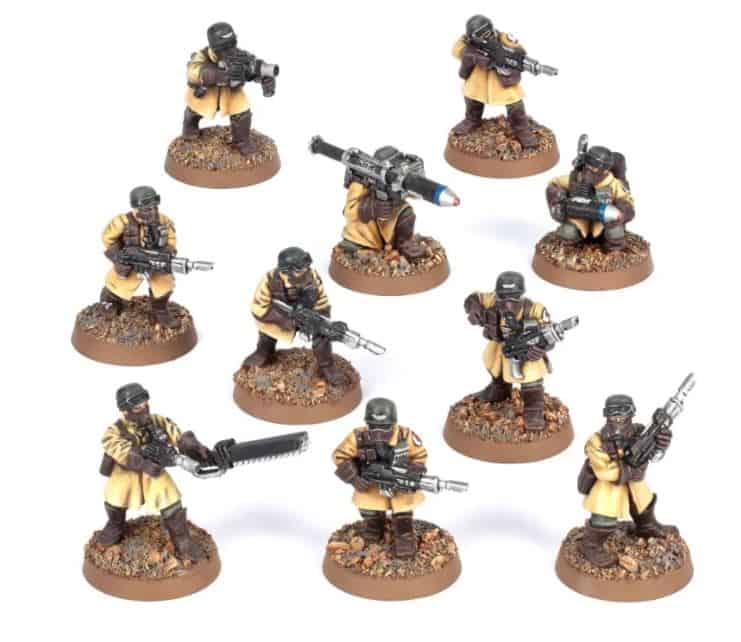
Here’s how they could make it work:
A New Campaign Book—More Than Just a Rulebook
Every big 40K event needs a solid campaign book, and this one would need to be stacked. Not just some glorified mission pack—this should be a full-on war manual that captures the brutal, industrial wasteland of Armageddon and all the chaos that comes with it.
What should it include?
- Updated Detachments and Rules – Black Templars, Salamanders, and Orks, need to be at the forefront. Black Templars should get even more aggressive; Salamanders should lean into their artisan wargear and resilience, and Orks? WAAAGH!-tier mayhem should be mandatory.
- A Return of the Steel Legion? – This would be the perfect excuse to bring back Steel Legion rules. They were a massive part of the original campaign, and a fresh take on their mechanized infantry tactics would make them a standout force again, but its a reach at best…
- Narrative-Driven Missions – These shouldn’t just be “standard” missions. They need to tell a story—one that shifts based on who’s winning. Give us massive industrial battlegrounds, trench warfare, factory sieges, and brutal urban combat.
This book shouldn’t just set the stage; it should drag players right into the warzone.
A Player-Driven Global Campaign—Let the Players Shape the Story Again
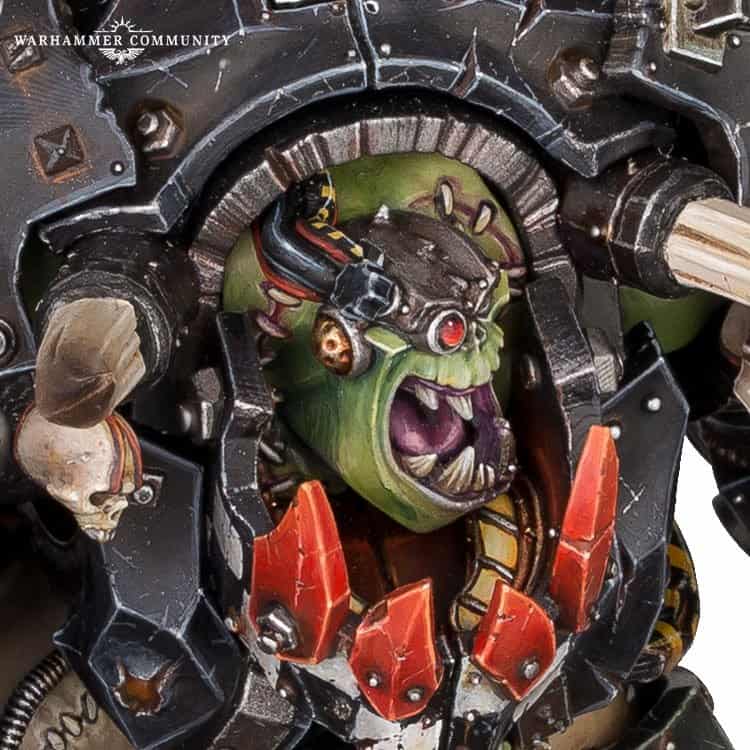
- Launch an interactive war tracker where players log their games and watch the war unfold in real-time.
- Split the campaign into multiple war zones, so different factions fight for control of key regions.
- Change mission parameters based on results—if the Orks start overwhelming a sector, the Imperium gets last-stand-style objectives. If the Imperium holds the line, they unlock siege-breaking missions to push back.
The key is making sure player battles actually influence the campaign instead of just feeling like another weekend narrative event. Give the players the power to shape the war, and they’ll show up in force.
Massive White Dwarf and Online Support—Bring the Community Back into It
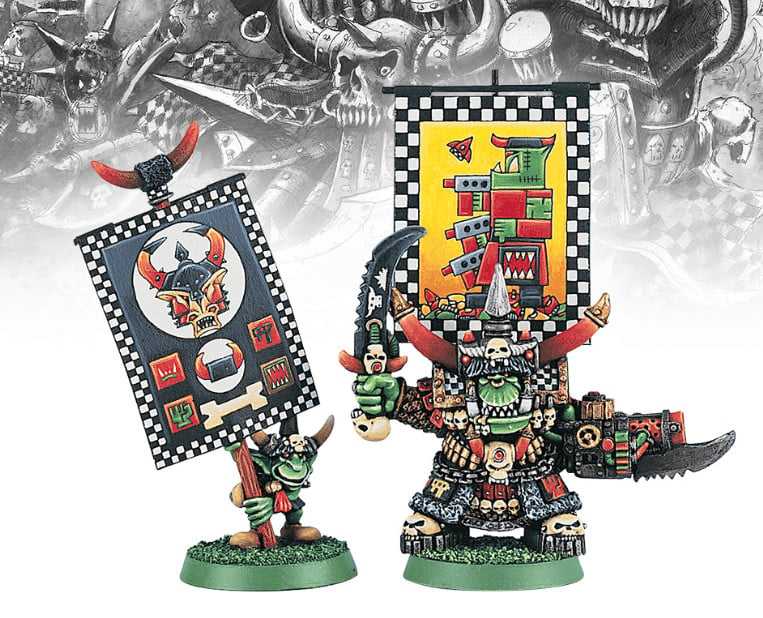
- Weekly Updates with Faction Spotlights – Keep the hype going with stories from the frontlines. Show how each faction is performing and tease upcoming campaign shifts.
- Online Coverage with Video Reports – Imagine a “War Correspondent” style weekly video update—battle reports with a narrative spin, highlighting key wins and losses.
- Exclusive Missions and Rules Drops – Keep players engaged with special side missions, stratagems, and lore expansions that drop mid-campaign.
And let’s be real—this would also print money for GW because a campaign this immersive would keep players buying models and playing games for months.
New Models and Boxed Sets—The Plastic Crack We All Want
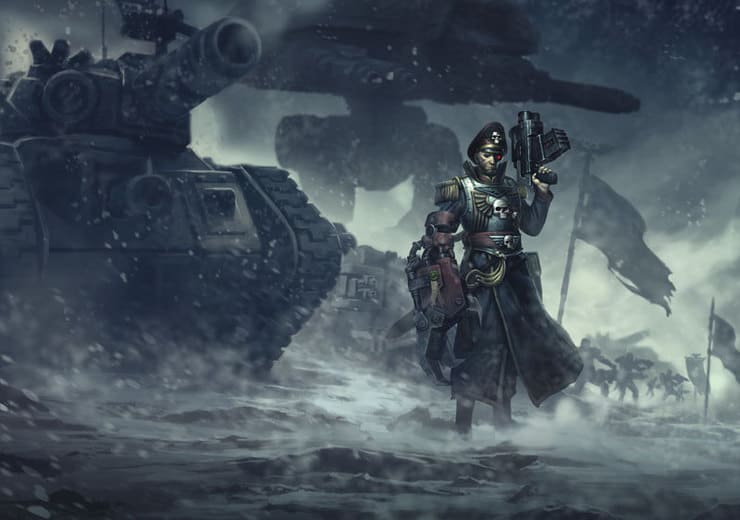
- Black Templars and Salamanders already have new models coming in the codex roadmap, so this campaign could be the perfect way to showcase them.
- Orks could get a massive update—maybe new Warboss models, fresh Speed Freek kits, or even some bigger, badder vehicles to bring the greenskins up to the scale they deserve.
- A new Steel Legion range? This would be the moment. New plastic infantry, command squads, and Chimera variants would fly off the shelves.
- Yarrick… What else is there to say? GW left some room for him to come back into the game, and this would be the time!
- Campaign-themed Battleforces – A limited-edition box with campaign-exclusive units would sell like crazy. Imagine a Black Templars crusade force, an Ork WAAAGH! spearhead, or an Imperial defensive bastion packed with Steel Legion and fortifications.
GW loves selling limited-edition sets. If they want this campaign to hit hard, they’ll load it up with must-have models.
Would GW Actually Do This?
That’s the million-throne question. On the one hand, revisiting Armageddon in 40k makes sense from both a lore and business standpoint. The nostalgia factor is huge, and tying the campaign to the 11th Edition lead-up (which is rumored to feature Orks heavily) would create a seamless transition.
On the other hand, GW has been juggling a lot lately. Logistical challenges, production delays, and a more cautious approach to massive releases could mean that a project of this scale might not be in the cards. The company has shifted toward shorter, more contained campaigns, so launching something as ambitious as the original Armageddon event would be a major undertaking.
The only thing standing in the way? Whether Games Workshop can manage it logistically.
- GW has been more cautious in recent years about large-scale narrative events.
- They’ve focused more oncontrolled releases rather than letting players shape the lore.
- Their production and logistics have been shaky, with delays hitting some releases harder than expected.
So, could they actually pull this off?
If they want to end the 10th Edition on a high note—this is absolutely the way to do it, and for the 25th anniversary of Armageddon, no less.
The nostalgia is there. The factions are already lined up. And the technology exists to make this bigger and better than before. Now, it’s just a matter of whether GW is willing to go all-in on Armageddon again.
Final Thoughts
Armageddon is one of the most iconic settings in Warhammer 40K. If Games Workshop decides to revisit it, they have the chance to create a campaign that brings back the magic of global player-driven events while setting up the next edition.
It wouldn’t be easy. It wouldn’t be cheap. But if they get it right? It could be one of the most exciting moments in 40K’s modern history. Now, all that’s left to do is wait and see if GW is ready to go back to war.
See the Latest Warhammer Rumors & Releases Here!
Would you be excited to see GW bring Armageddon for the end of 10th Edition Warhammer 40k?
